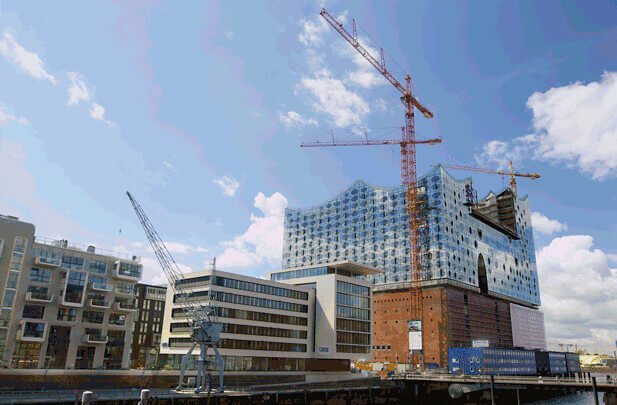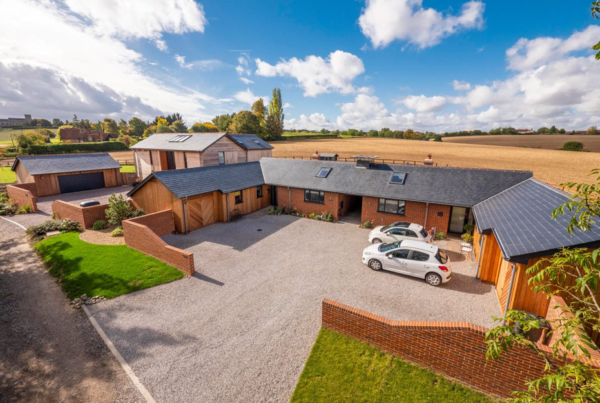Those looking for property finance will often confuse bridging finance and development finance. Whilst it is true that they do have similarities with each other, such as:
- They can be used to help fund the purchase of residential and commercial properties
- They are secured loans
- They are often used to avoid traditional property chains
They do also have a number of differences. If you are looking at getting specialist property development finance to help you buy a property, it is important to know the difference between the two, so that you can find the right product that you will require.
When is bridging finance used?
Generally speaking, bridging loans are linked to completing properties on a tight deadline. This means that most borrowers tend to opt for bridging finance when they need to complete on a flat or buildings within a month, or sometimes as little as two weeks. It can also be a popular option for:
- Buyers looking to purchase a property at an auction house
- Homeowners who are moving, but have yet to sell their existing property
- Those raising finance for business growth
When is development finance used?
Those applying for development finance will use this for property development purposes. This means that this kind of specialist finance is better suited to those who:
- Are looking to renovate a new property from a plot of land
- To cover construction costs
- To extend or build up a new property
How funds are released with bridging finance
If you decide to go with a bridging loan, this will typically be provided upfront in one lump sum, enabling you to complete the purchase of a property on time. For an auction, this is particularly important, as you need to provide the full funds within 28 days of the gable hitting.
How funds are released with development finance
If you choose development finance, the funding you receive will usually be in instalments, based on different stages of the property development process. Payments will be provided once the current work has been signed off by a surveyor.

Before applying for funding, it is important to be aware of the fact the loans are released differently depending on the product you choose.
One of the main reasons that money is released in instalments with this kind of finance is because lenders want to make sure that the loan amount given is proportionate to the value of the work that is being undertaken.
It provides a number of benefits, as it helps to maintain positive cash flow and it makes sure you keep within budget.
Average loan terms
When it comes to both bridging and development finance, they both tend to have very similar loan terms. This is usually anything from 6 months to 15 months in total.
Once the loan term comes to an end for either type of finance, the repayments are rolled up (unless they have been paid on a monthly basis) and then the loan is fully repaid once the sale or completion of a property has gone through.
In the event that the property has not been sold or completed, then the borrower has the option to refinance with the same lender, or choose a different lender. However, it is important to keep in mind that terms of the loan may not be so favourable to you the second time around with either loan types.
How the amount you borrow is calculated through bridging finance
Your bridging finance loan will be calculated on the loan-to-value (otherwise known as LTV). That means that the borrower needs to pay a deposit, and then the rest is paid by the lender.
How the amount you borrow is calculated with development finance?
Rather than your loan being based on the loan-to-value, a development finance loan is calculated on Gross Development Value (GDV). This refers to the overall value of the loan once all construction and renovations have been complete.











